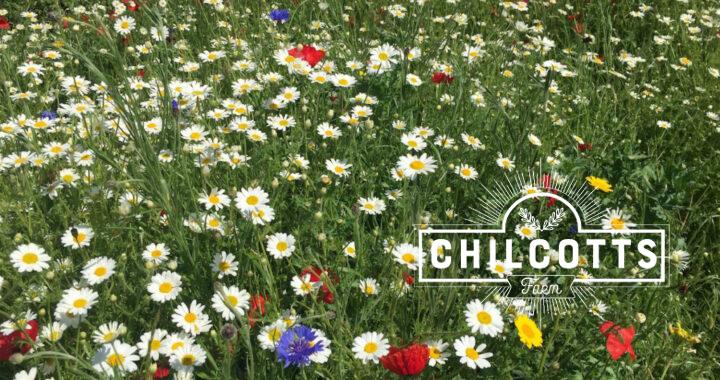I look out on the beehives every day, but make an effort at least once a week to do a quick walk around and check there are no issues.
Most of the time, they seem quiet with nothing happening. They might as well be empty boxes. However, today one of the hives had this big pile of dead bees outside.
Bees keep there hives clean and tidy and this one had just had a big clean-up pushing out all the bees that had died.
It appears alarming to see this small handful of bees on the ground, but this can be quite usual. As the bees born in the summer die they fall to the bottom of the hive.

As part of housekeeping, the overwintering bees will cast all the bodies out of the hive entrance.
This happened to bee a bright warmish day, and later on bees could be seen flying from all the hives, including this one.














